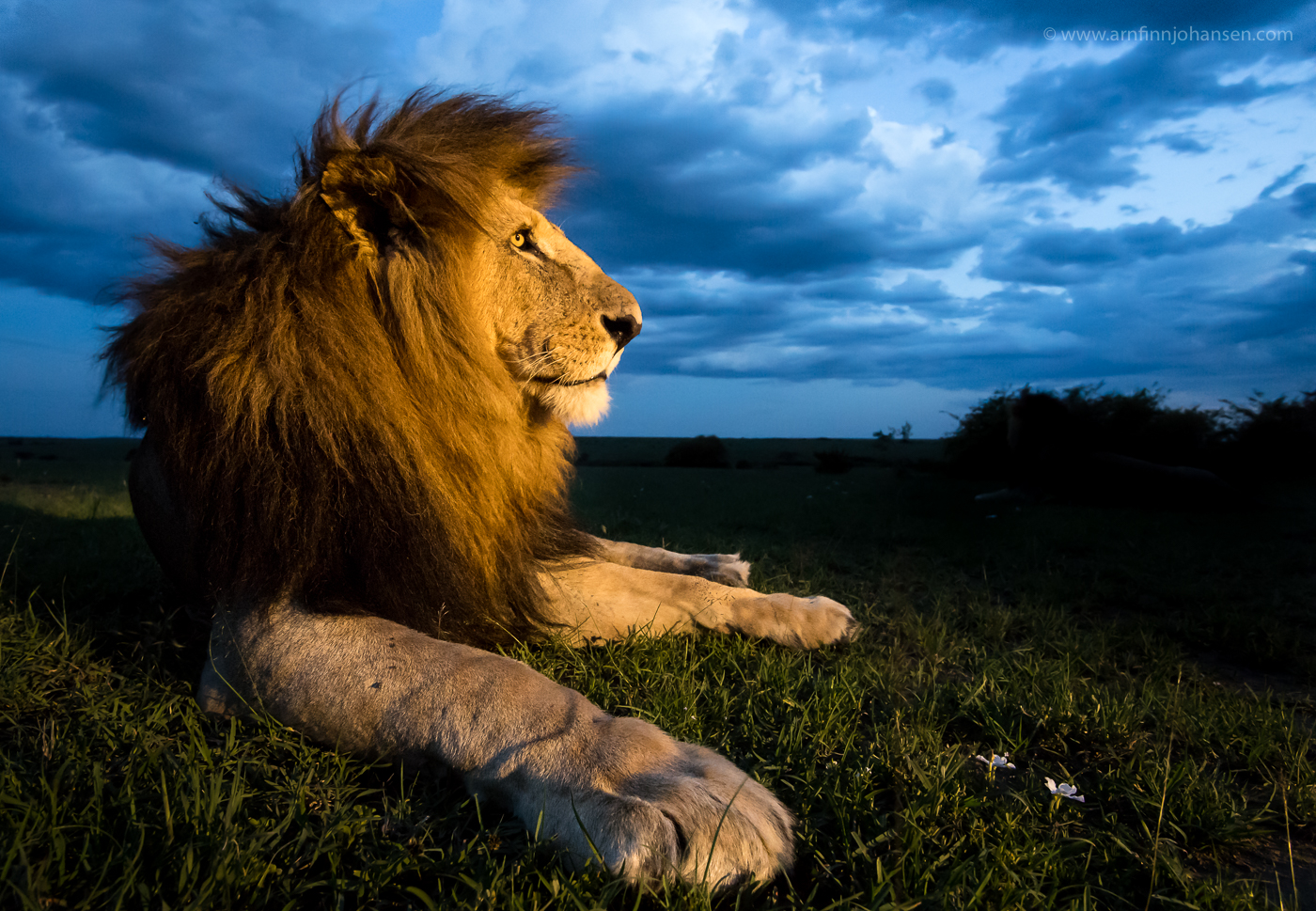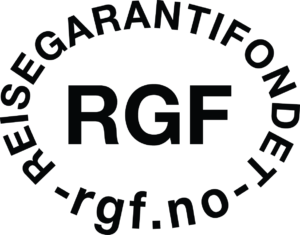First Place in Nature’s Best Photography Africa 2017
 It is a pleasure to let you know that my image of this supreme male lion, photographed in the night of Maasai Mara in Kenya, is honored with a First Place / Category Winner in Nature’s Best Photography Africa 2017. The price-giving ceremony was held this week in Johannesburg in South Africa, and the photograph will be on display at Iziko South African Museum till 4th March 2018.
It is a pleasure to let you know that my image of this supreme male lion, photographed in the night of Maasai Mara in Kenya, is honored with a First Place / Category Winner in Nature’s Best Photography Africa 2017. The price-giving ceremony was held this week in Johannesburg in South Africa, and the photograph will be on display at Iziko South African Museum till 4th March 2018.This was my first time participating in this contest. The contest has great partners and sponsors, and I am very pleased with the prize which is a safari to Chobe National Park in Botswana.
Nature’s Best Photography Africa is the premier annual African nature focused photography competition in the world. It is an extension of Nature’s Best Photography in U.S. (Windland Smith Rice International Awards) and run in association with Iziko Museums of South Africa.
The lion image is taken with a 18mm wide angle lens. The camera was mounted on a self constructed 4WD radio controlled buggy. The camera itself was controlled with an iPad via WiFi. Remote controlled wildlife photography is an interesting but demanding way to get new kind of images, and this is what the Jury said about that:
However paradoxical that might sound, ours is an Age in which the interaction between humans and devices is increasingly being effected by invisible wireless signals. Whereas previously it was regarded as essential for a photographer to be in physical contact with the camera while taking a picture, the new and refreshing persuasion is that the photographer who uses a remote-control device is still effectively in charge, and in control of securing the image. The photographer has to anticipate an opportunity, choose a location and then determine the optimum position for the camera.
Having placed it appropriately to compose the image he visualises, he must then still select the preferred F-stop and shutter speed before determining the precise moment at which, albeit remotely, to trigger the shutter. Introducing this dispensation makes the arenas of competitive photography future-proof and amplifies the scope within which judges can differentiate levels of merit. Consequently it does not matter what imaginative devices for generating photographic images as yet lie undiscovered. As long as the photographer is in control, the authenticity of the result will not be challenged.” Lou Coetzer, NBPA 2017 Moderator in Chief.
This is an extract of the statement, the whole pronouncement you can read here.
Thanks to my friends and high skilled guides, Big John and Johnmark, at Oltepesi Tented Safari Camp in Maasai Mara.





Supert Arnfinn! Gratulerer!